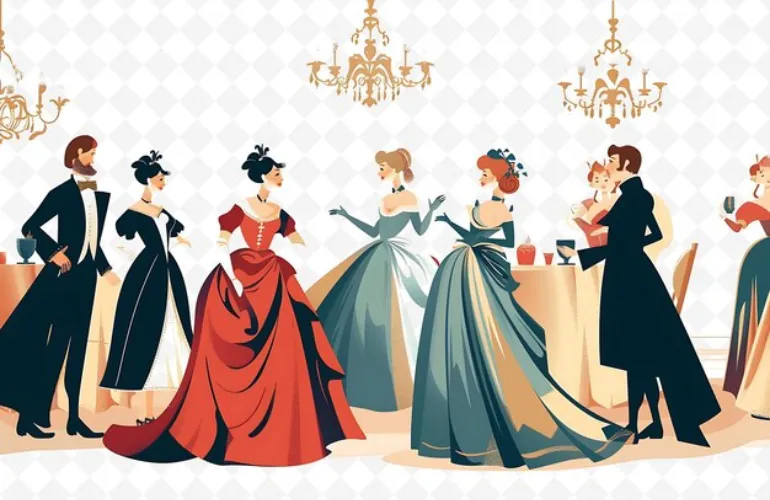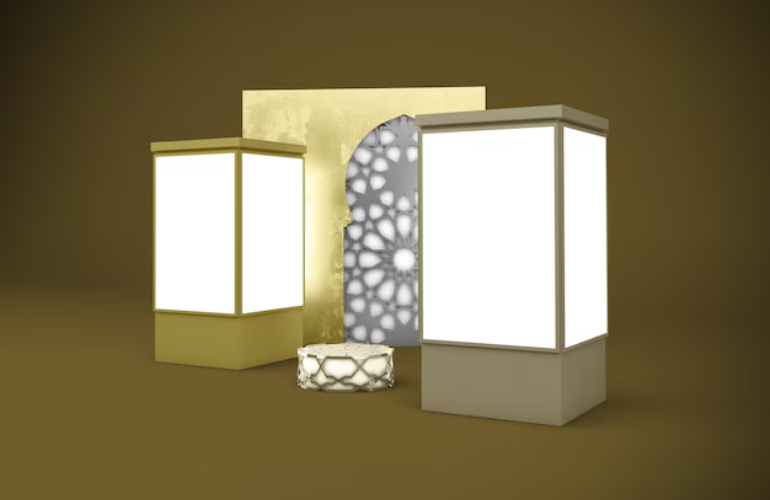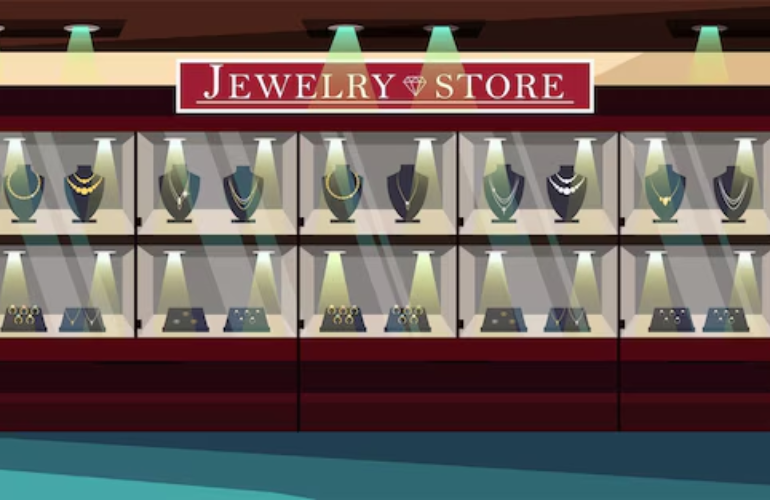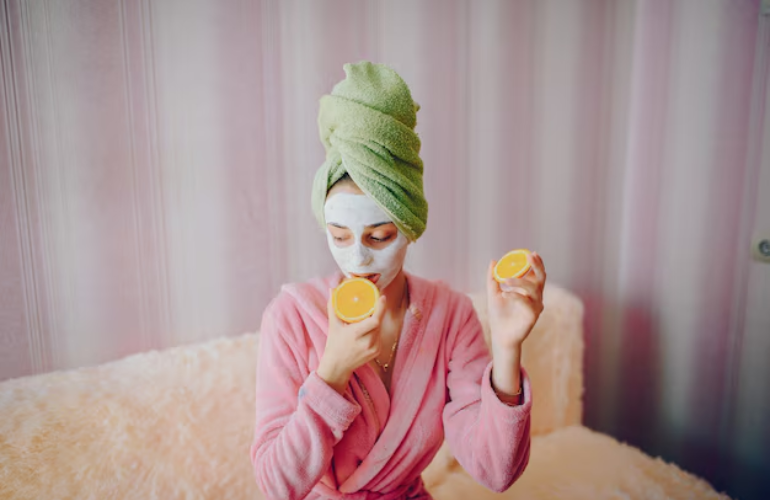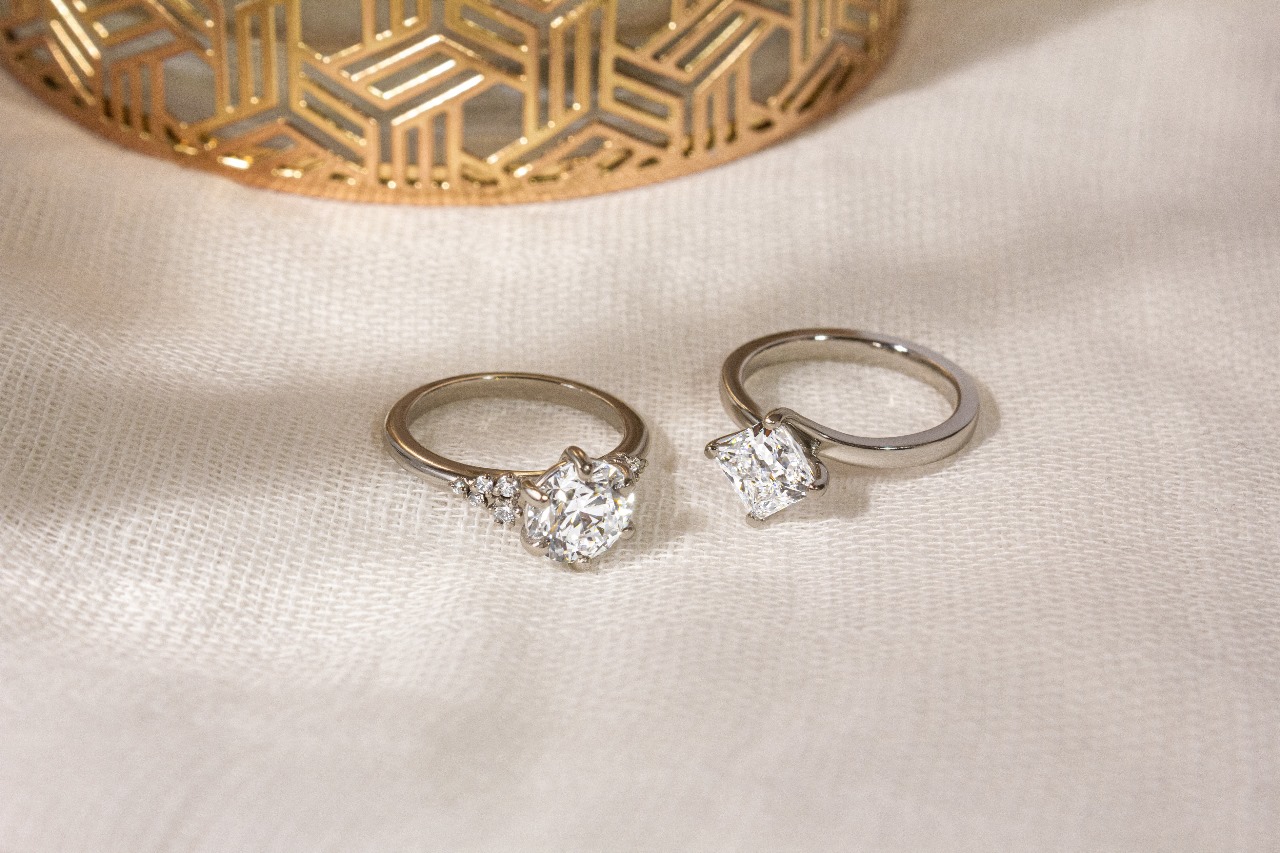The truly iconic style of Regency Era fashion has a trademark of elegance and simplicity that modern-day trends continue to draw inspiration from. This period ranges from 1811 to 1820 and has had an enormous impact on the world of fashion. In this article, we present some of the most important cultural meanings of Regency Era fashion, its history, and its timeless appeal still echoing today.
What Was Regency Era Fashion?
Regency Era fashion is characterized by high-waisted dresses, light fabrics, and soft, flowing lines. In the case of women, a number of their garments bore empire waists that gave them very long and gracile silhouettes. Men wear cutaways or swallowtails, with high collars and cravats. Regency fashion drew inspiration from classical Greek and Roman styles, emphasizing simplicity over the extravagance of the previous Georgian era.
The History Behind Regency Era Fashion
This was the period of great change that society underwent and which influenced fashion. Britain was at war with France, and the Napoleonic Wars had their influence on the clothes worn during this age. Besides, social mores began to shift to refinement and modesty. Consequently, fashion reflected these values. A focus on natural beauty, rather than ornate embellishments, became a hallmark of Regency fashion.
Fashion in the Regency Era was minimalist for a number of reasons, most of them having to do with practicality. Fabrics such as muslin, cotton, and linen were very common because they were comfortable to wear and offered flexibility. This tendency for lighter, more practical clothes mirrored changes in the lifestyles of women at the time, who became much more active in social life.
How Regency Era Fashion Influenced Modern Styles
This is the fashion of the Regency Era that even contemporary designers could not help but draw inspiration from. The empire line, if not religiously followed to the letter, is demonstrably traceable in the lines of most modern dresses. Most designers today often fall back upon Regency styles for inspiration in formal gowns and bridal wear, paying obeisance to the tastes of a bygone era.
The popularity and emergence of period dramas such as “Bridgerton” have piqued the public’s interest in fashion from the Regency Era. Its costumes-those truly representative of the time-have encouraged a number to take up the romantic and gracious trends of Regency clothing.
The Role of Regency Fashion within Society
Fashion from the Regency era was a serious reflection of society’s values at the time. Ladies considered this an outlet of personal and social status. The kind of fabric, cut of the dress, and accessories she donned foretold the women’s standing in society. Balls and many social functions were not exempt from women, whose minds were closely watched as to what they would wear.

Men’s fashion in the Regency period was also an indicator of status. The upper class popularly wore fits consisting of tailored coats, cravats, and waistcoats, evidence of wealth and good taste. Of course, men were as concerned about their looks, with the clean-shaven style prevalent among them, having well-coiffed hair to set off their clothing appropriately.
Regency Fashion and Its Cultural Significance
The place of fashion in Regency Era culture cannot be overemphasized. It was a bridge between the highly extravagant Georgian era and the more subdued Victorian period. This era reflected the evolution of attitudes toward gender roles, social norms, and class distinctions. Women especially started to have greater freedom in how they wore their clothes away from the restrictive garments of earlier periods.
Fashion in this age influenced even the arts and literature. Authors like Jane Austen wrote about characters highly affected by their station in life and what they wear, showing how intrusive fashion was in everyday life so Check Here.
The Timeless Allure of Regency Era Fashion
Although the Regency period was very short, this epoch has passed on its fashion to designers and stylists even today. The soft, fluid lines of Regency clothes, made from natural fabrics and subdued in their dignity, make them a timeless choice for those people who want to introduce a tinge of history into their wardrobe. The romance and grace of Regency Era fashion continue to enchant the modern imagination, keeping the style alive for generations to come.
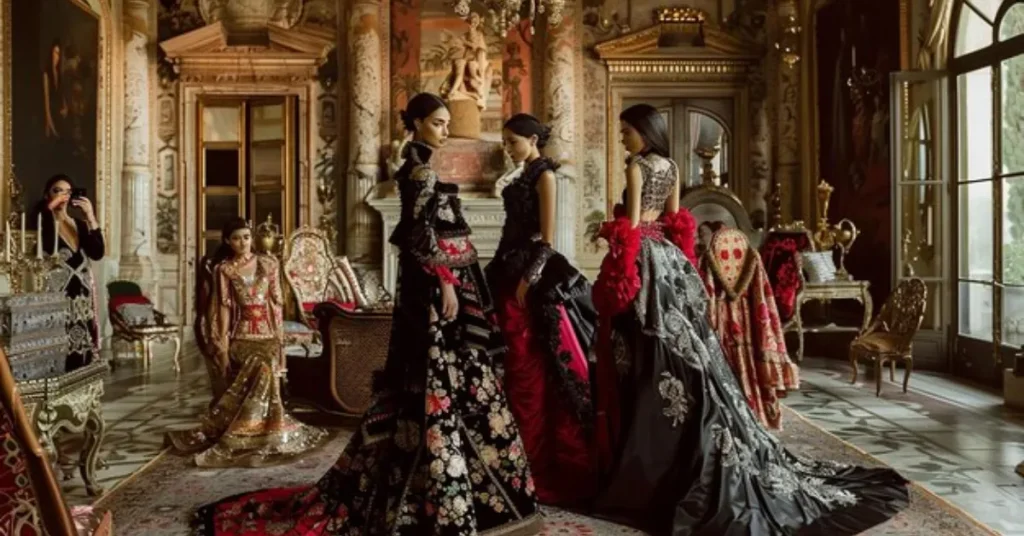
What are the main features of fashion in the Regency Era?
Regency Era fashion is characterized by empire waistlines, light fabrics, and flowing silhouettes. Ladies’ dresses were made with high waistlines that seemed to extend an elegant figure.
How does Regency differ from Georgian fashion?
Georgian fashion was more conspicuous and ornate; it was dominated by heavy fabrics and complex, ornamental detail. In contrast, Regency fashion is much simpler in texture and less embellished, using lightweight fabrics.
Why did fashion in the Regency Era become so simple?
Regency fashion’s simplicity was initiated by societal changes and the Napoleonic Wars. Practicality became important, with a movement toward lighter, flexible materials such as muslin and cotton.
From which trends does modern-day fashion take its cue regarding the Regency Era?
Indeed, many formal gowns and bridal dresses boast elements of Regency fashion today: an empire waistline, as has been cited, but most particularly with flowing fabrics. Period dramas have also kept interest in the Regency styles alive.
How does this Era’s fashion remain relevant today?
Indeed, timeless elegance combined with simplicity has inspired designers to this day. This style has been made more popular with the emergence of “-Bridgerton”-esque shows that appeal to modern tastes.

Conclusion
Regency Era fashion holds a special place in the history of fashion. The reason it stayed quintessential, simple, and culturally relevant is because of its overall impact on the world of fashion. The knowledge of its history and the influences that are involved with this period simply enhance the timeless beauty that still continues to inspire designs today. From period dramas to catwalks, Regency Era fashion remains one of those loved styles that know no time.

